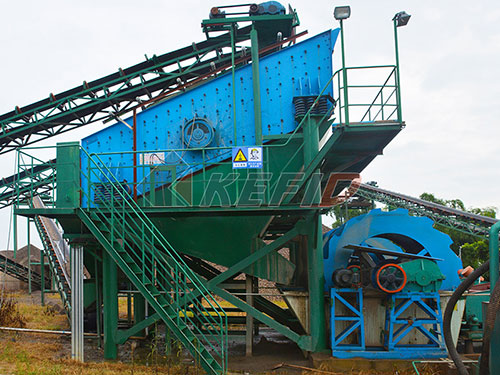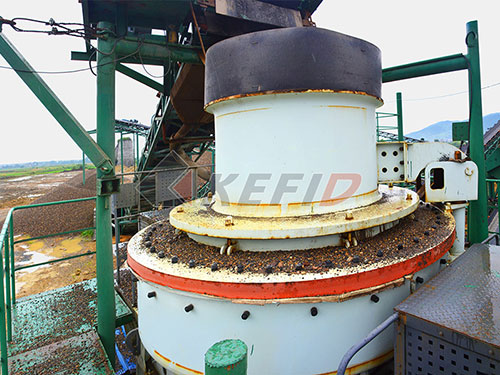Procedure for Crushing Concrete Cubes: Determining Compressive Strength

The compressive strength test of concrete cubes is a fundamental procedure in construction quality control, providing critical data on the structural integrity and load-bearing capacity of concrete mixes. This standardized test, governed by specifications like ASTM C39/C39M or EN 12390-3, involves subjecting carefully prepared and cured concrete cubes to increasing compressive load until failure. The resulting maximum load divided by the cross-sectional area gives the compressive strength value. Here’s a detailed breakdown of the essential procedure:
1. Preparation of Test Specimens:
Moulds: Use rigid, non-absorbent, and leak-proof cube moulds (typically steel or cast iron), conforming to standard dimensions (e.g., 150mm or 100mm sides). Ensure internal faces are clean, smooth, lightly oiled (with a non-reactive mineral oil), and correctly assembled without gaps.
Sampling: Obtain a representative sample of freshly mixed concrete from the batch according to relevant standards (e.g., ASTM C172).
Filling: Fill the moulds in layers (typically two or three layers for standard cubes). Compact each layer thoroughly using either:
Rodding: Use a standardized tamping rod (16mm diameter, ~600mm long) with rounded ends. Rod each layer uniformly across its surface for the specified number of strokes per layer.
Vibration: Place the mould on a vibrating table operating at specified frequency and amplitude. Apply vibration until the concrete is fully compacted (air bubbles cease rising, a glazed surface appears). Avoid over-vibration which can cause segregation.
Finishing: After compaction, strike off excess concrete flush with the top edges of the mould using a trowel or straight edge. Cover immediately with a non-absorbent plate or plastic sheet to prevent moisture loss.
2. Initial Curing:
Store filled moulds on a level surface in an environment preventing moisture loss and damage (temperature between 16-27°C / 60-80°F is typical for initial setting).
Keep covered for approximately 16 to 24 hours after casting.
3. Demoulding:

Carefully remove the hardened cubes from their moulds within 24 ± 8 hours after casting. Avoid damaging edges or corners during demoulding as these are critical stress points during testing.
Immediately identify each specimen with unique markings indicating batch, casting date, etc

Leave a Reply